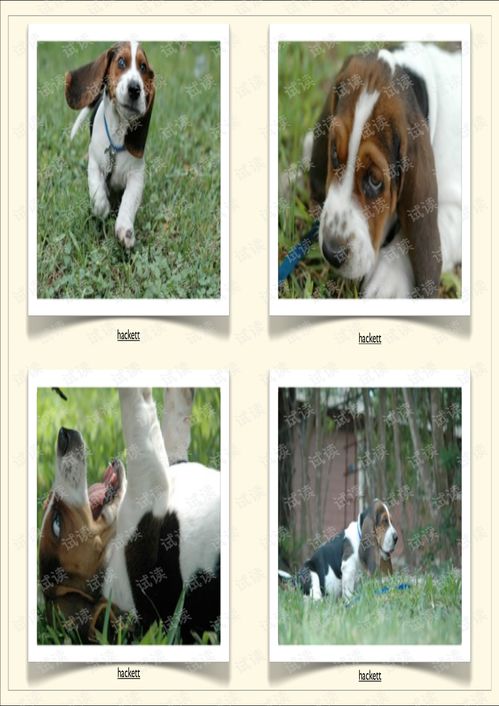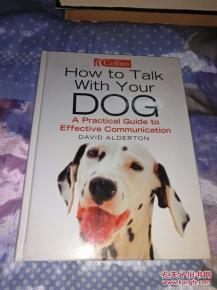
How Do You Teach a Dog Not to Bite?
Teaching a dog not to bite is an essential part of responsible dog ownership. Biting can be a natural behavior for dogs, especially during play or as a means of communication. However, it’s crucial to address this behavior promptly and effectively to ensure the safety of both your dog and those around it. Here’s a detailed guide on how to teach your dog not to bite.
Understanding the Root of the Behavior
 Before you can effectively teach your dog not to bite, it’s important to understand why they might be doing it. Biting can be caused by a variety of factors, including:
Before you can effectively teach your dog not to bite, it’s important to understand why they might be doing it. Biting can be caused by a variety of factors, including:
-
Playfulness: Dogs often use their mouths during play, and if they haven’t learned that mouthing is not acceptable, they may bite during play.
-
Excitement: Dogs may bite out of excitement, especially when they see something they want or when they’re overly stimulated.
-
Pain or Discomfort: If a dog is in pain or discomfort, they may bite out of instinct to protect themselves.
-
Aggression: Some dogs may bite out of aggression, whether it’s due to fear, dominance, or territorial behavior.
Understanding the root of the behavior is the first step in addressing it effectively.
Preventing Biting Through Training
 Prevention is key when it comes to teaching a dog not to bite. Here are some training techniques you can use:
Prevention is key when it comes to teaching a dog not to bite. Here are some training techniques you can use:
-
Teach the “Leave It” Command
Teaching your dog the “leave it” command can help prevent them from biting. When you see your dog about to bite, say “leave it” and offer them a treat. Reward them for ignoring the object they were about to bite.
-
Redirect Biting Behavior
When your dog starts to bite, redirect their attention to an appropriate chew toy. This teaches them that there are acceptable ways to use their mouth.
-
Use Positive Reinforcement
When your dog doesn’t bite, reward them with praise, treats, or affection. Positive reinforcement helps your dog understand that good behavior is rewarded.
Handling Biting During Play
 Play is a natural part of a dog’s life, but it’s important to manage playtime to prevent biting. Here are some tips:
Play is a natural part of a dog’s life, but it’s important to manage playtime to prevent biting. Here are some tips:
-
Supervise Playtime
Always supervise playtime, especially with young dogs or dogs that have a history of biting. This allows you to intervene if biting occurs.
-
Use Toys Appropriately
Choose toys that are appropriate for your dog’s size and strength. Avoid toys that can be easily torn apart or swallowed.
-
Teach Gentle Play
Teach your dog to play gently by using soft toys and avoiding roughhousing. Reward them for gentle play and redirect their attention if they start to bite.
Addressing Aggression
If your dog’s biting is due to aggression, it’s important to address this behavior with the help of a professional dog trainer or behaviorist. Here are some steps you can take:
-
Identify Triggers
Identify what triggers your dog’s aggression and avoid those situations until you can work on managing the behavior.
-
Desensitization and Counterconditioning
Work with a professional to desensitize your dog to triggers and countercondition them to respond with a different behavior, such as looking away or sitting down.
-
Professional Training
A professional dog trainer or behaviorist can provide personalized guidance and training techniques to help manage your dog’s aggression.
Table: Common Causes of Dog Biting
| Behavior | Common Causes |
|---|---|
| Play Biting | Normal play behavior, lack of training, or
Related Postslittle bites 2024,Little Bites 2024: A Comprehensive GuideLittle Bites 2024: A Comprehen… how to make an insect bite stop itching,How to Make an Insect Bite Stop ItchingHow to Make an Insect Bite Sto… Like |





